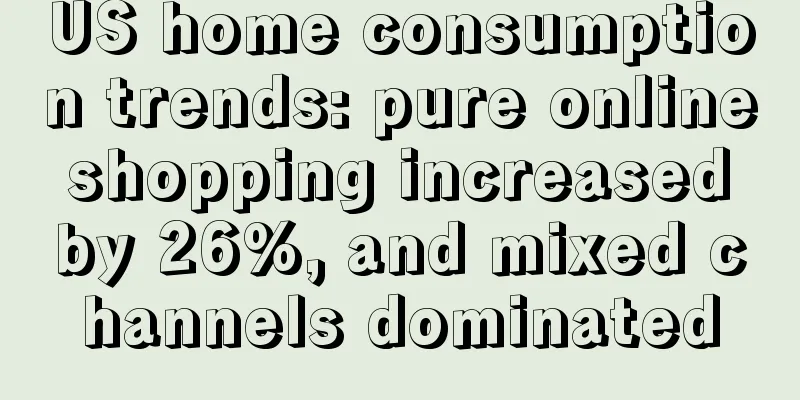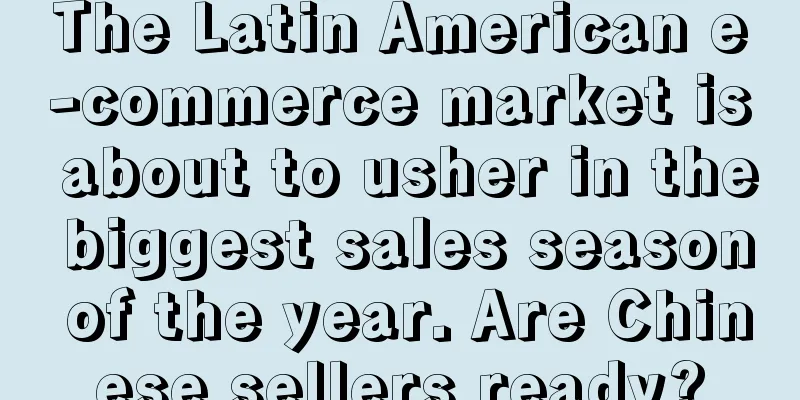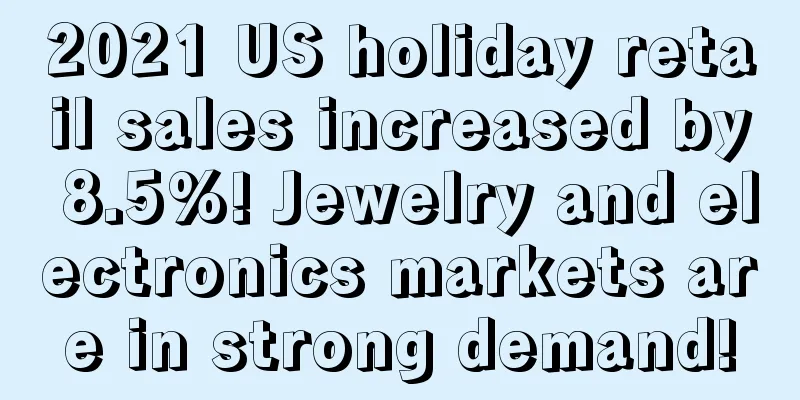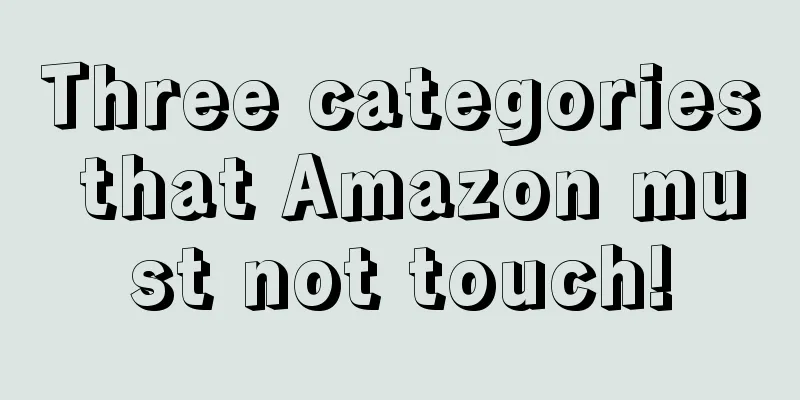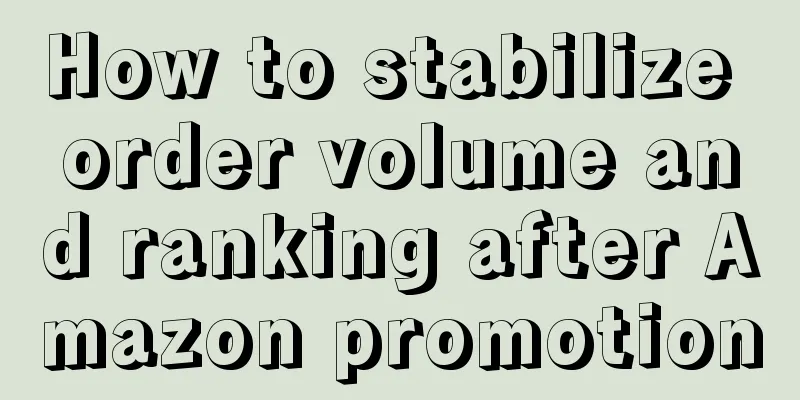If you want to efficiently attract traffic and increase conversion, please read this! Off-site traffic methods and strategies
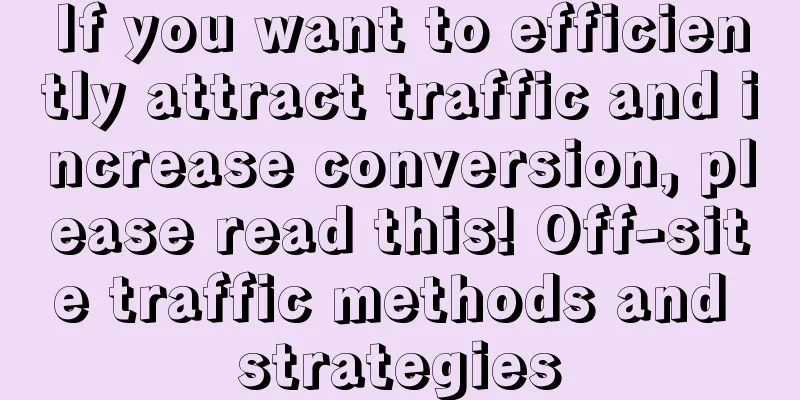
Although Prime Day has passed this year, there will be peak seasons such as Thanksgiving, Black Friday and Cyber Monday in the second half of the year. Only by preparing in advance can you prepare for a rainy day and seize the opportunity. Next, let’s take a look at the strategies of DSP advertising during the peak season! |
<<: Tips on how to get traffic from Amazon posts that you don’t know
>>: A collection of the most common Amazon off-site promotion issues
Recommend
Some companies suffered a huge loss of 30 million! The exchange rate returned to the 6.4 era, and sellers cried!
For cross-border sellers, now is the era of the mo...
Crash! European warehouse refuses to accept goods weighing more than 15KG? Another warehouse also burned down!
The current situation of Amazon sellers: eating qu...
Third-party sellers account for 60% of sales! Amazon's official peak season summary is here
Last weekend, Amazon released an overall summary r...
Will the UK digital tax make sellers bear the brunt of it? Can this country still get rid of VAT?
Recently, a seller broke the news that Amazon'...
Prime Day 2021, how can sellers reduce costs and make this summer a hit?
Recently, Amazon announced that this year's Pr...
The topic of "sustainable" consumption is on the rise, and the market share in the United States has increased significantly
According to the latest data released by several r...
What is YiChuang? YiChuang Review
YiChuang (YiNet Innovation Technology (Guangzhou) ...
These two major changes in Amazon's front-end and back-end will affect your profits and sales!
Front page changes New category node added to the ...
Finalscout: A magic tool for finding influencers’ email addresses in batches
Many people find it troublesome to find influencer...
Seller sentenced to 20 years in prison for using Amazon VC account to make money
In the past two days, foreign media broke a new pi...
How to create a "perfect" Amazon advertising structure (pure text sharing)
text Creating an Amazon Advertising Structure For...
What is LeLiao chat++? LeLiao chat++ Review
LeLiao chat++ is an intelligent customer service s...
Target announces full-year 2023 results, with revenue up 48.3%
It is learned that on March 6, Target announced it...
What is the Shopee lucky draw scam? Shopee lucky draw scam review
Online fraud is targeting users of Southeast Asian...
What is Kogan? Kogan Review
Kogan is an Australian discount digital shopping w...

